Description of Schmidt birch and its cultivation
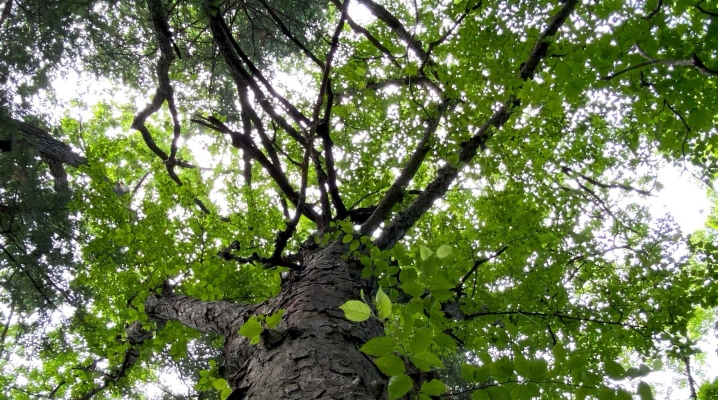
Schmidt's birch is classified as a specific endemic plant that grows on the territory of the Primorsky Territory and in the taiga lands of the Far East. The deciduous tree is a member of the Birch family and has a unique wood, which is called "iron" due to its density, durability and weight.
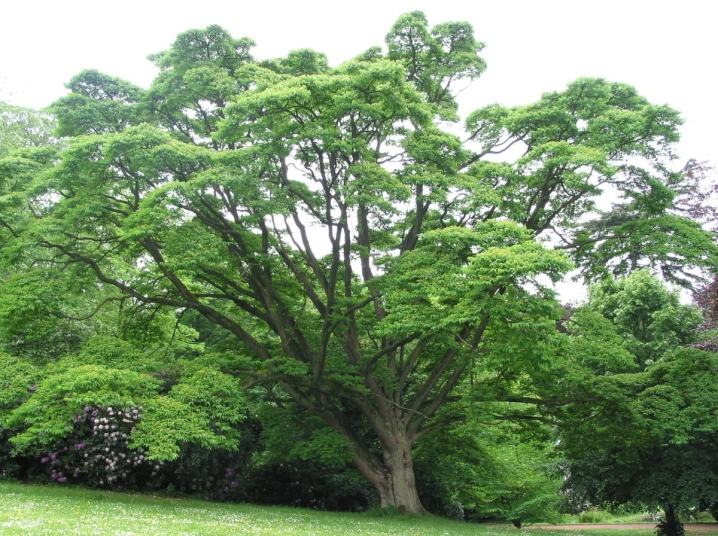
Schmidt's birch got its name in honor of the botanist who first identified this unique plant.
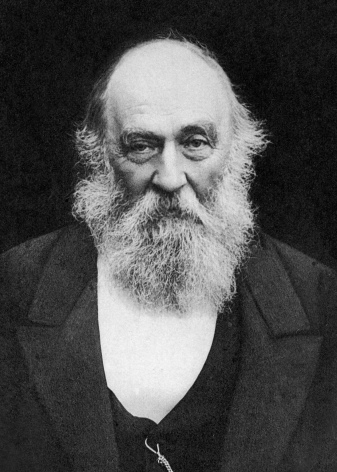

Birch wood has a certain amount of fire resistance, but due to its high density, it sinks in water. The strength of the wood material in birch is high, even non-viable trunks can remain untouched by decay for at least 20 years.
Description
The so-called Schmidt iron birch grows in areas exposed to sunlight. The plant perfectly withstands severe Russian frosts and is undemanding to the soil composition on which it grows. In addition, this representative of the genus Birch tolerates long periods of drought well.
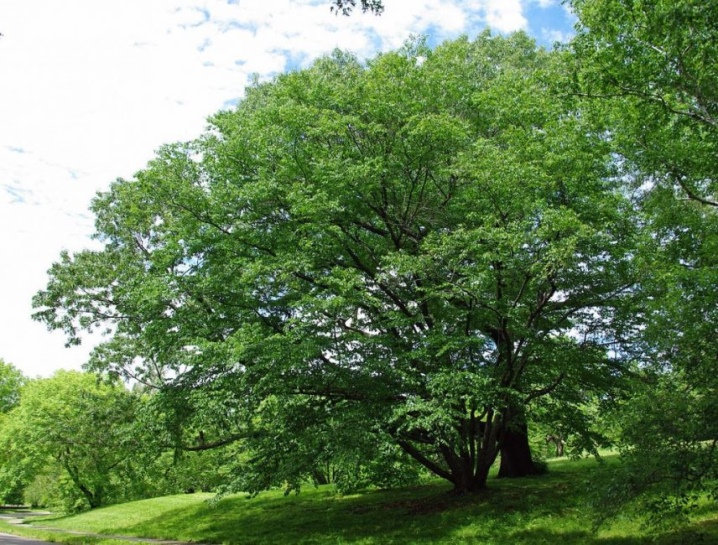
Under natural conditions, the plant looks like a tree growing up to 25 m.
The tree also has a moderate degree of branching. The bark of the trunk has a grayish-brown tint with multiple cracks. In young branches, the bark is smooth in texture and has a brownish-cherry color with white blotches.
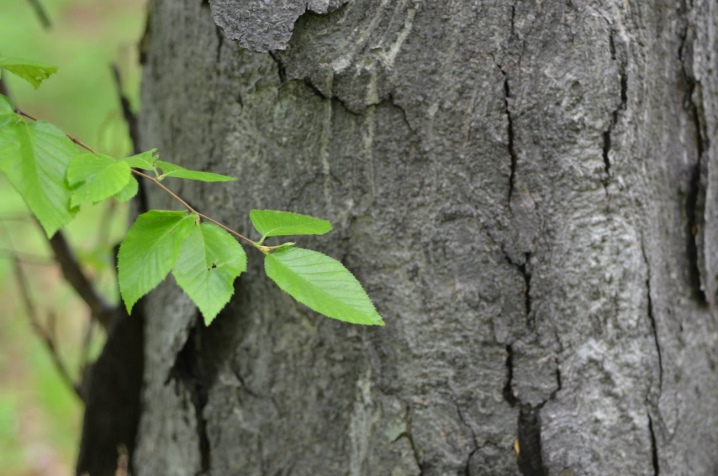
The structure of the leaf resembles an elongated oval with a slight sharpening at the end.... The leaf petioles are short and resilient. The length of such leaves is 5-8 cm, along the edges there are notches, and on the reverse side of the leaf plate, smaller, slightly pubescent veins extend on the sides from the median vein.

When flowering time comes, the tree will form straight or slightly curved earrings. The plant usually blooms in mid-May and lasts about 12-14 days. By the end of August and the beginning of September, instead of inflorescences, wingless fruits are formed - these are birch seeds, with the help of which the plant reproduces.
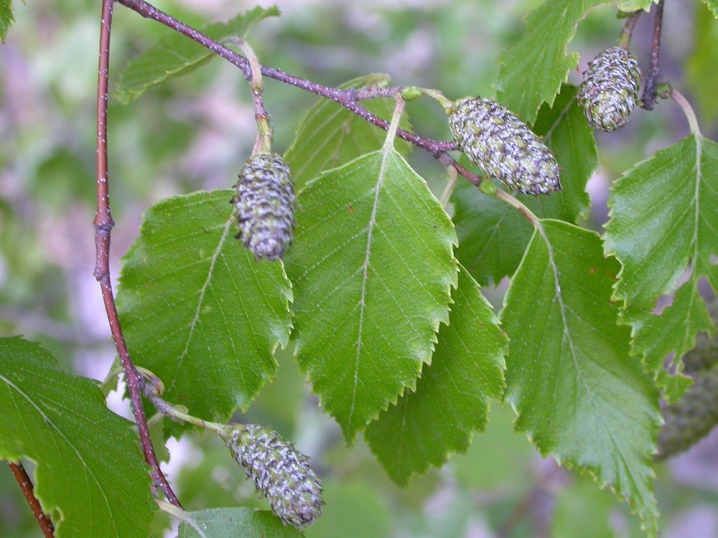
The life cycle of the Schmidt birch is at least 320-350 years. It is noticed that a young tree grows very slowly at first, and only after 50 years, the growth rate begins to increase.
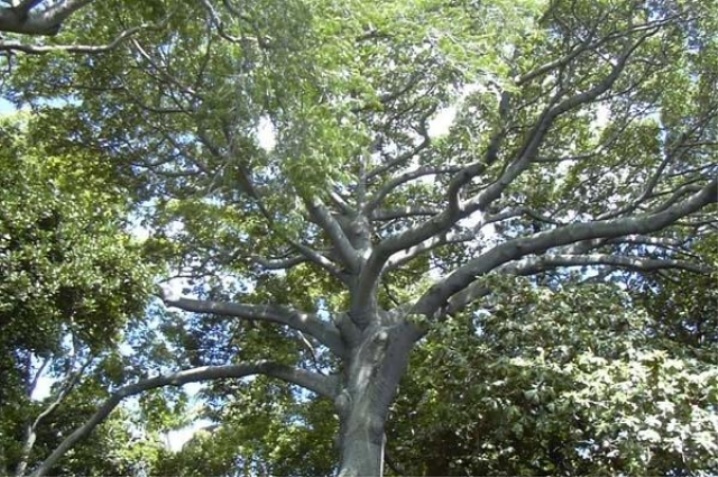
The plant does not form single areas in its natural habitat, this type of birch grows together with other tree species such as oak, pine or cedar.
Most often, Schmidt Birch can be found on rocky slopes or ridges of rocky formations, in addition, it can grow in mixed and deciduous forests. Often, a freestanding tree is surrounded by low-growing shrubs or it grows among woodlands.
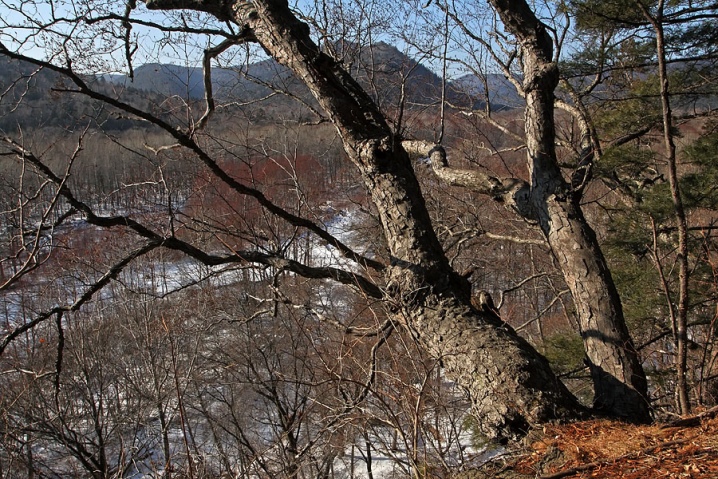
The subtleties of growing
Particularly strong birch grows on soils with a rocky structure, since the plant does not tolerate swampy soils and poorly drained areas. Schmidt birch never forms a birch grove, as do white-stemmed relatives, it grows exclusively in mixed forests. As a decorative culture, this specimen is cultivated in the botanical gardens of Moscow, St. Petersburg, Lipetsk and others. If desired, in these greenhouses, you can buy planting material for subsequent planting in a park or garden.

The unique Schmidt birch, like similar representatives of the Birch family, loves places well lit by the sun.
But if there are no such conditions, then the plant is able to grow in shaded places, while its trunk tilts and stretches towards the light source. As for the composition of the soil, birch is not capricious in this matter and does not impose any special requirements.
Growing "iron" birch implies some subtleties and peculiarities.
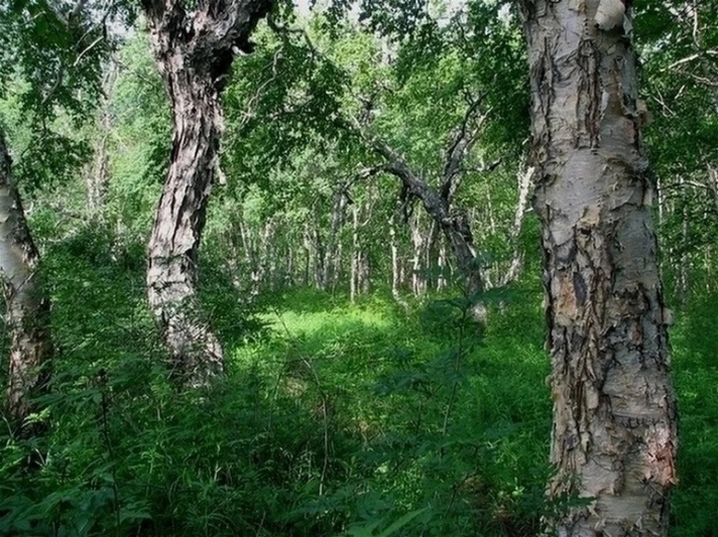
Reproduction methods
There are 2 ways to propagate Schmidt birch:
- with the help of seeds - while the germination of planting material is about 60-65%;
- by cuttings - rooting of cuttings is weak and is no more than 30-35%.

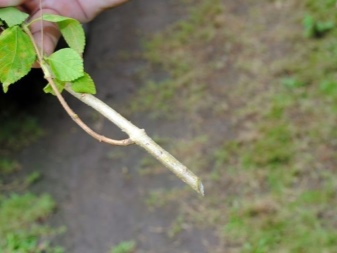
For propagation with the help of seeds, inflorescence earrings are used, which ripen in autumn and form small fruits up to 2 mm long.
Before planting, the seeds are not stratified, but directly sown into the soil. In the first year of life, the plant grows no more than 5-7 cm in length, it requires protection from weeds and mechanical damage, and the seedling must also be protected from drafts.
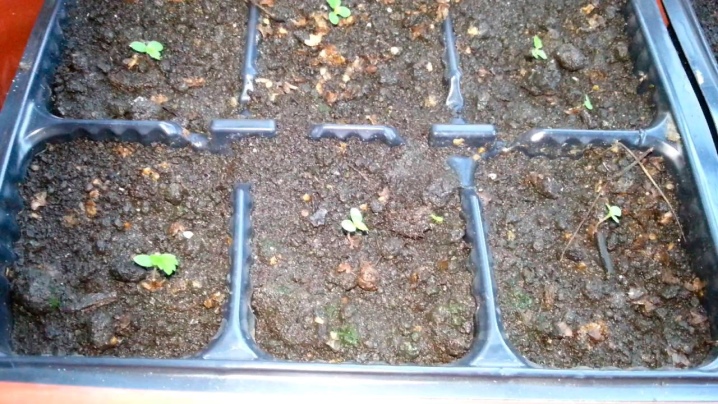
When propagated by cuttings, seedlings acquired in nurseries are planted in a prepared hole, without destroying an earthen lump in the plant,
Otherwise, the root system may be damaged and the plant will die.... Such a nuisance can also happen with well-developed, already grown seedlings.
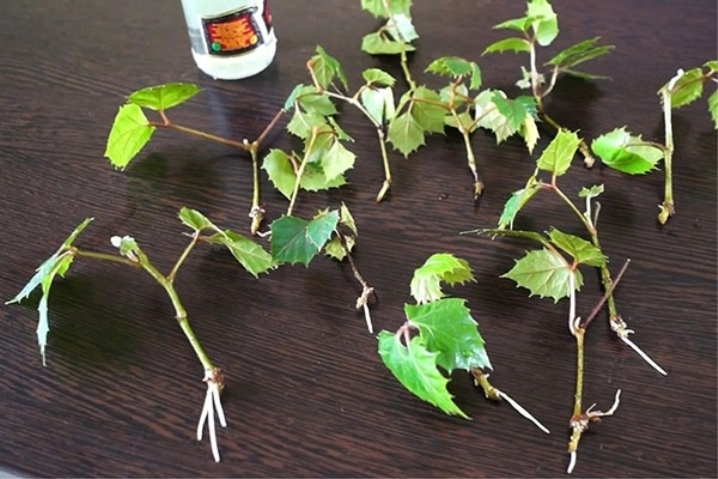
Landing
The plant is not demanding on the composition of the soil, but a loose substrate with a neutral or slightly acidic pH balance is better suited for successful cultivation. Birch takes root well on soils rich in humus. If the groundwater is close to the site, it will benefit the plant. The "iron" tree will grow well on black soil, loam, sandy soils and salt licks.
It is important that the substrate is moist, but moisture stagnation should be avoided.

Before planting, a planting hole is prepared, in which a mixture of a garden substrate with peat and sand is placed, and complex fertilizers are also applied. If planting is carried out in the autumn, then potash-phosphorus compositions are used. It is necessary to plant birch far from any buildings, underground utilities, well-maintained asphalt or cobbled paths, which is associated with the possibility of damage to structures by strong tree roots in the future.
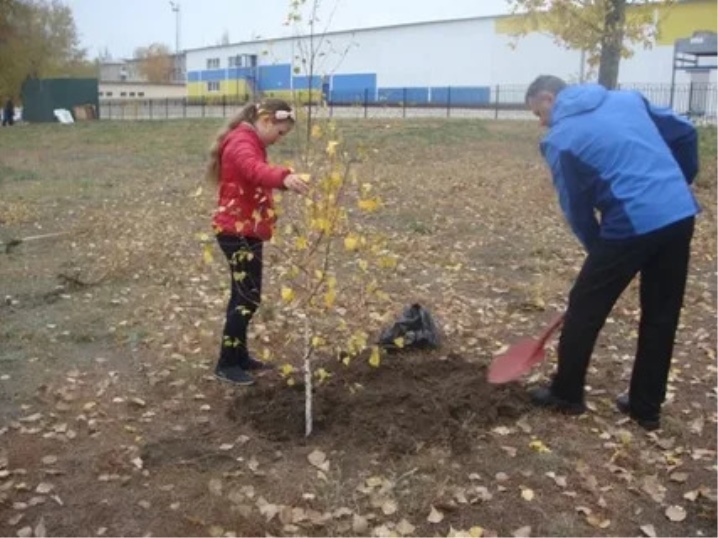
Care
The basis of caring for a Schmidt birch is its protection from the attack of insect pests. The greatest damage to the tree is caused by May beetles and their larvae, as well as sawflies, thrips, golden beetles and silkworms. In some cases, pests can eat up all of its leaf mass from a plant, especially young seedlings are susceptible to this.
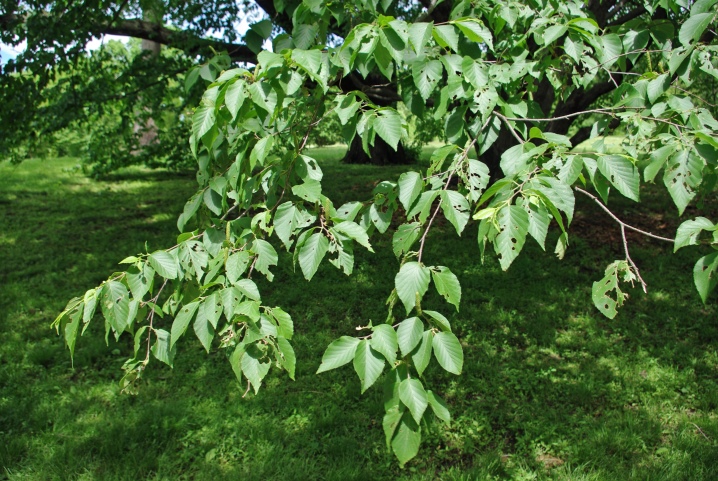
In addition to pest control, when growing birch, it is necessary to ensure that it does not need mineral elements and a sufficient amount of moisture.
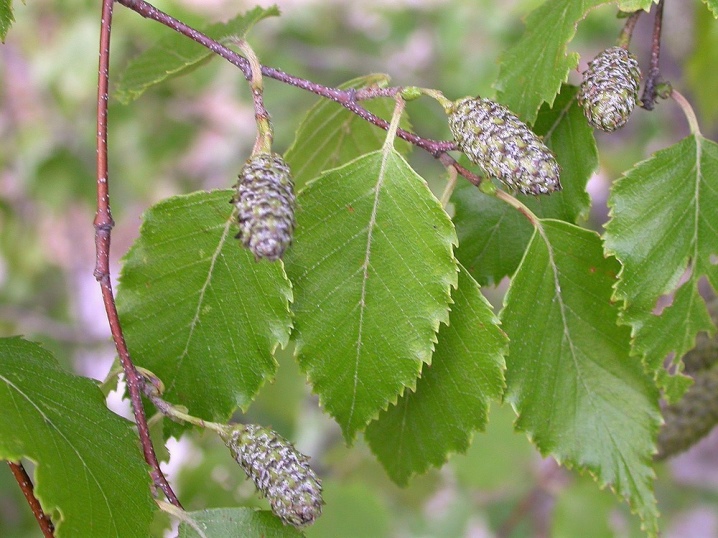
As for the disease of the plant with tinder fungus, then Schmidt's birch has excellent resistance to it.... The tree is not susceptible not only to rotting, but also to the effects of this fungus.
Pest control
For prophylaxis and treatment, the "iron" tree must be regularly sprayed with solutions of insecticidal preparations or applied fungicides. If pests are found on the foliage of a young tree, then it is necessary to remove the affected part of the foliage and process the healthy crown of the tree.
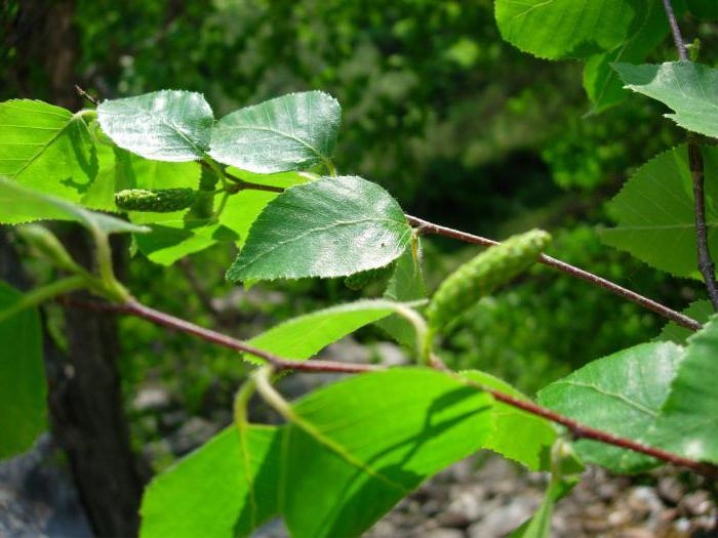
Application
The peculiarities of Schmidt birch wood are its extraordinary hardness, which is almost twice the strength of cast iron alloys. It is believed that even a bullet cannot penetrate the wood layer of this plant.
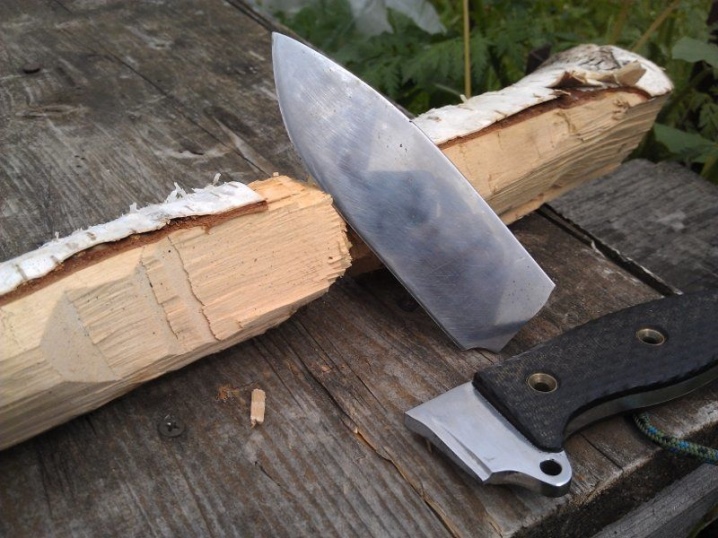
Lumber "iron" birch is not subject to decay, it does not burn and is resistant to acid.
Taking into account the named properties of birch, it is used for the production of joinery and turning products for various purposes.
The high specific density of wood and its unique hardness allows the production of parts and workpieces for industrial use from Schmidt birch with a high degree of strength and durability. Due to its density, wood has a lot of weight, so it sinks in water. Such material cannot be used for the manufacture of floating craft in the form of rafts or boats.
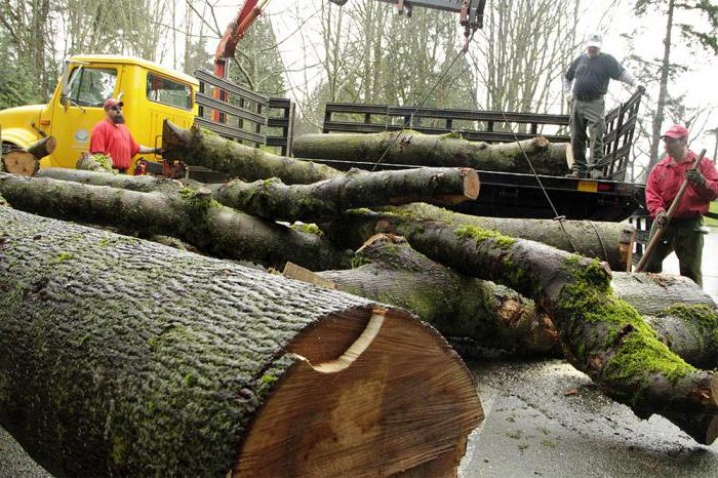
Quite often, designers use a unique tree for landscape design in gardens, parks, squares, alleys.
Birch goes well visually with plants such as oak or pine. She looks beautiful enough not only in group, but also in single landings.... A spreading bird cherry, openwork linden, weeping willow, evergreen larch, mighty cedar, flexible mountain ash, as well as other trees or undersized shrubs can become a good neighborhood for a plant.
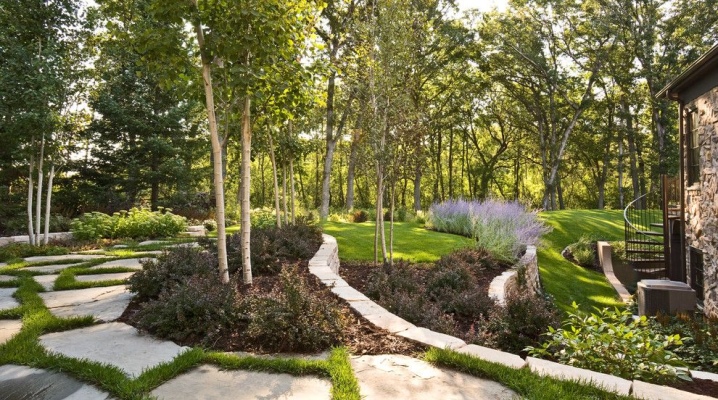
The Schmidt birch looks especially impressive when planted next to other members of the Birch family. For example, with Daurian, black, Manchurian or Japanese birch. Combining with each other, these plants form an attractive oasis, where each tree occupies its own tier of free space.
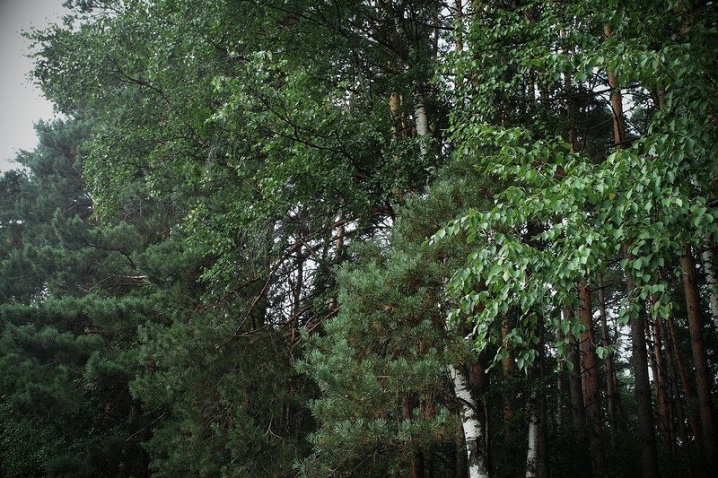
In the video below you can see what the Schmidt birch looks like and get acquainted with the peculiarities of its cultivation.



































































The comment was sent successfully.